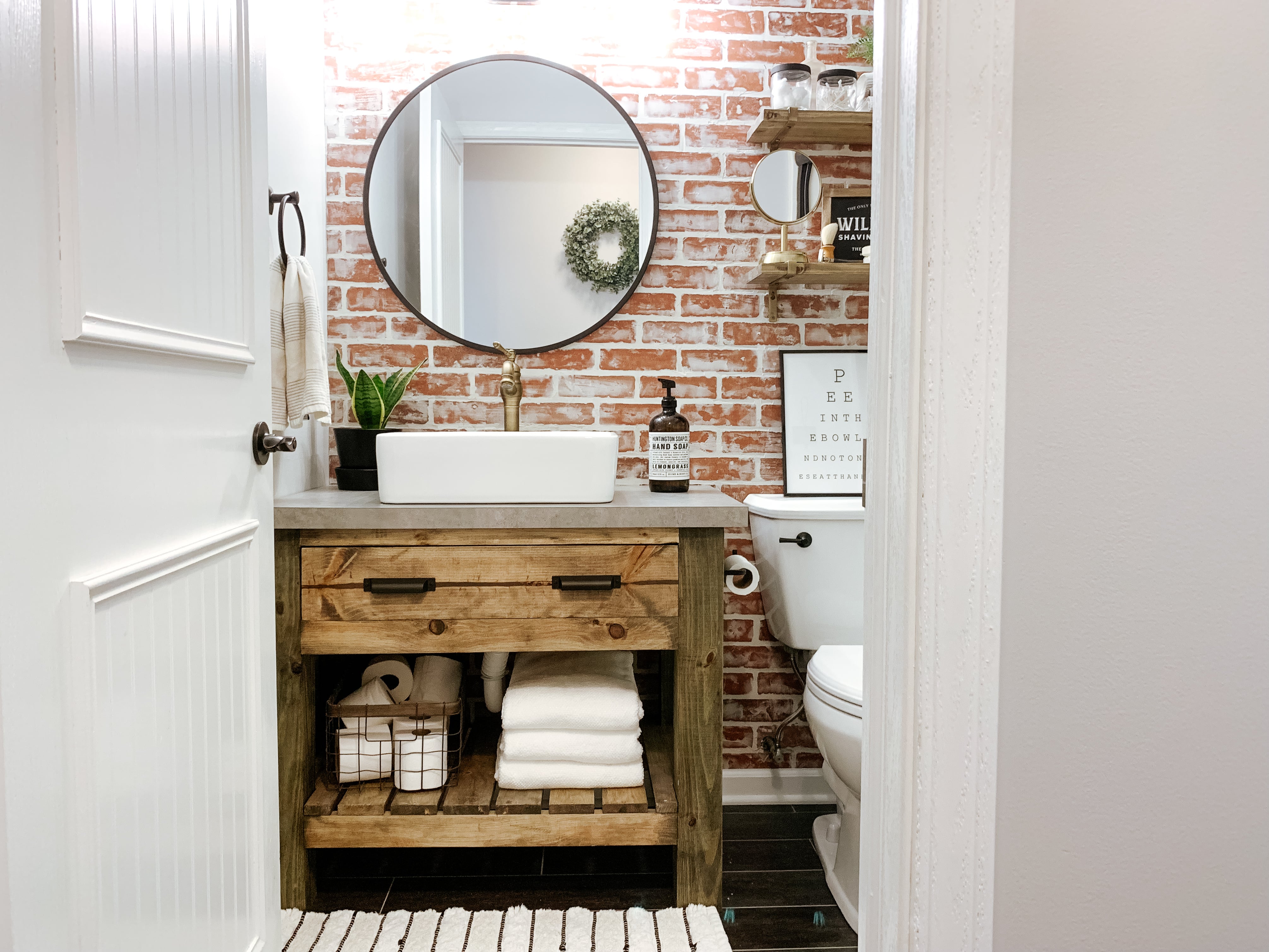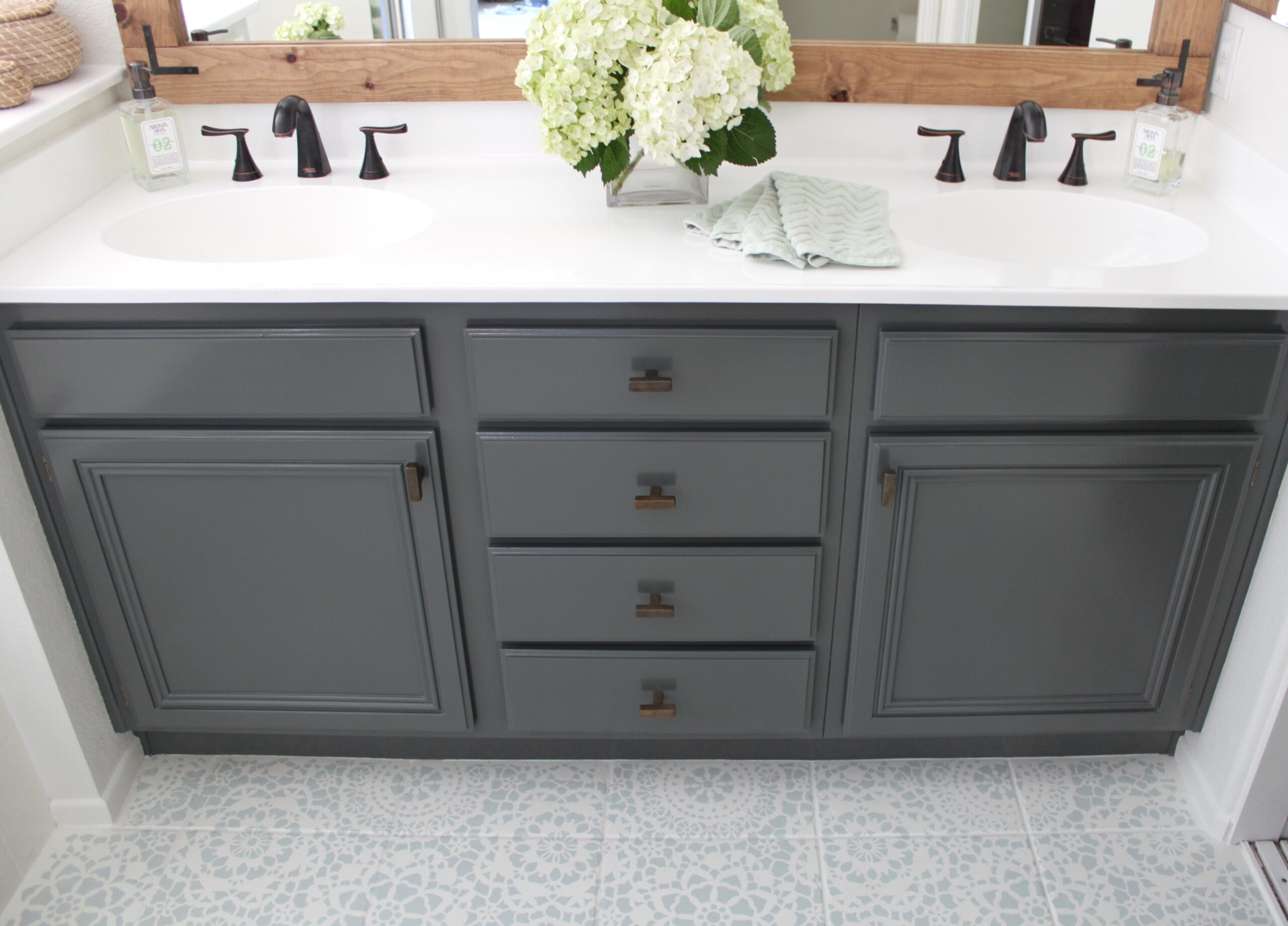Planning Your Bathroom Storage Cabinet: How To Build A Bathroom Storage Cabinet

Planning a bathroom storage cabinet is like planning a mini-adventure for your toiletries and towels! You’ll need to think about where it’ll go, how much you need to store, and how much you’re willing to spend. Don’t worry, it’s not as complicated as it sounds.
Determining Space and Capacity
Knowing the available space is the first step. Measure the area where you want to place the cabinet, considering the height, width, and depth. You’ll also need to measure the space inside the cabinet to ensure it can hold all your items. Think about how much storage you actually need. Do you have a lot of toiletries, towels, or other items to store? You might need a larger cabinet with multiple shelves and drawers.
Budgeting for Your Cabinet
Once you have a good idea of the size and features you need, you can start thinking about your budget. Bathroom cabinets come in a wide range of prices, depending on the materials, construction, and features. You can find simple cabinets made of particleboard for a budget-friendly option, or you can splurge on a luxurious cabinet made of solid wood with intricate details.
Choosing Cabinet Styles and Materials
Bathroom storage cabinets come in various styles, materials, and features. You can choose a cabinet that complements your bathroom decor or a statement piece that adds a touch of personality. Here are some examples:
- Traditional Cabinets: These cabinets often have a classic look with ornate details and solid wood construction. They can be a good choice for a bathroom with a vintage or elegant style.
- Modern Cabinets: Modern cabinets have clean lines and sleek designs. They often feature minimalist details and are made from materials like metal or glass. They can add a contemporary touch to your bathroom.
- Rustic Cabinets: Rustic cabinets have a natural and organic look. They are often made from reclaimed wood or other natural materials and feature distressed finishes. They can add a warm and inviting feel to your bathroom.
Building the Cabinet Frame
The cabinet frame provides the foundation for your bathroom storage cabinet. It’s the skeleton that holds everything together, so it needs to be strong and stable. This section Artikels the steps involved in constructing the frame, including cutting, joining, and securing the components.
Choosing Materials
The choice of material for your cabinet frame depends on your desired look, budget, and the weight it needs to support. Here are some popular options:
- Plywood: Plywood is a strong and versatile material that is commonly used for cabinet construction. It’s available in various thicknesses and finishes, making it suitable for a wide range of projects.
- Solid Wood: Solid wood, such as oak, maple, or cherry, offers a more traditional and luxurious look. However, it can be more expensive and prone to warping or cracking.
- MDF (Medium-Density Fiberboard): MDF is a cost-effective option that provides a smooth and consistent surface. However, it is less durable than plywood or solid wood and can be more prone to damage.
Cutting the Frame Components
Once you’ve chosen your material, you’ll need to cut the frame components to size. This can be done using a table saw, circular saw, or miter saw.
- Measure and Mark: Before cutting, measure and mark the wood accurately to ensure that all the pieces fit together correctly. Use a pencil and a straight edge to mark the cutting lines.
- Cut Carefully: When cutting, make sure to use a sharp blade and follow the marked lines carefully. This will help to ensure clean and accurate cuts.
- Double Check: After cutting, double-check the dimensions of each piece to make sure they are correct. This will save you time and frustration later on.
Joining the Frame Components
There are several ways to join the frame components together, including:
- Pocket Holes: Pocket holes are a popular method for joining wood pieces together. This technique involves drilling angled holes into the edges of the wood and using pocket hole screws to secure the pieces.
- Dowels: Dowels are cylindrical pieces of wood that are used to join two pieces of wood together. They are often used for cabinet construction because they create a strong and stable joint.
- Glue and Screws: Glue and screws are a common method for joining wood pieces together. The glue provides a strong bond, while the screws add additional support.
Creating Sturdy Corners
Strong corners are essential for a stable and durable cabinet frame. Here are some tips for creating sturdy corners:
- Use Corner Brackets: Corner brackets provide extra support and stability to the corners of your cabinet frame. They are available in a variety of sizes and materials, so you can choose the ones that best suit your project.
- Reinforce with Wood Glue: Wood glue helps to create a strong bond between the frame components, making the corners more resistant to stress.
- Use Screws: Screws are used to secure the frame components together and add extra strength to the corners.
Ensuring the Frame is Level and Square
It’s important to ensure that the cabinet frame is level and square before you start attaching the shelves and doors. Here are some tips for achieving this:
- Use a Level: A level is essential for ensuring that the frame is level. Place the level on the top of the frame and adjust the pieces until the bubble is centered.
- Use a Square: A square is used to ensure that the corners of the frame are at 90-degree angles. Place the square on the corner of the frame and adjust the pieces until the edges of the square line up with the edges of the frame.
- Check for Diagonals: Measure the diagonals of the frame. If the diagonals are equal, then the frame is square.
Adding Storage Features

Now that you’ve built the frame, it’s time to get creative with storage! This is where your bathroom cabinet really comes to life. You can customize it to perfectly fit your needs and make the most of every inch of space.
Choosing Storage Options
The best storage options for your cabinet depend on what you want to store and how much space you have. Here’s a rundown of popular choices:
- Shelves: The classic storage solution! Shelves are great for creating multiple levels and maximizing vertical space. You can use adjustable shelves to accommodate items of different heights.
- Drawers: Drawers are ideal for hiding away clutter and keeping things organized. You can add drawer slides for easy access.
- Baskets: Baskets are a versatile storage option. They can be used on shelves or in drawers to create compartments and add a touch of style.
- Organizers: Organizers, like spice racks or over-the-door organizers, can be used to create dedicated storage for specific items.
Installing Shelves
To install shelves, you’ll need to:
- Choose shelf supports: You can use shelf pins, brackets, or cleats.
- Mark shelf locations: Use a level to ensure your shelves are straight.
- Attach supports: Screw or nail the supports into the cabinet sides or back.
- Install shelves: Rest the shelves on the supports.
Creating Drawer Slides
Drawer slides allow your drawers to open and close smoothly. You can choose from different types of slides, including:
- Full extension slides: These slides allow the drawer to fully extend, making it easy to access everything.
- Side-mount slides: These slides are attached to the sides of the drawer.
- Under-mount slides: These slides are attached to the bottom of the drawer.
To install drawer slides, follow the manufacturer’s instructions. Make sure the slides are level and aligned before attaching the drawer.
Maximizing Storage Space, How to build a bathroom storage cabinet
Here are some tips for making the most of your bathroom storage:
- Use vertical space: Stack items on shelves and use organizers to create vertical storage solutions.
- Utilize corners: Corners can be tricky to use, but you can create custom storage solutions, like corner shelves or lazy Susans, to maximize space.
- Group similar items: This makes it easier to find what you need and prevents clutter.
- Store frequently used items within easy reach: Place items you use often on lower shelves or in drawers that are easy to access.
